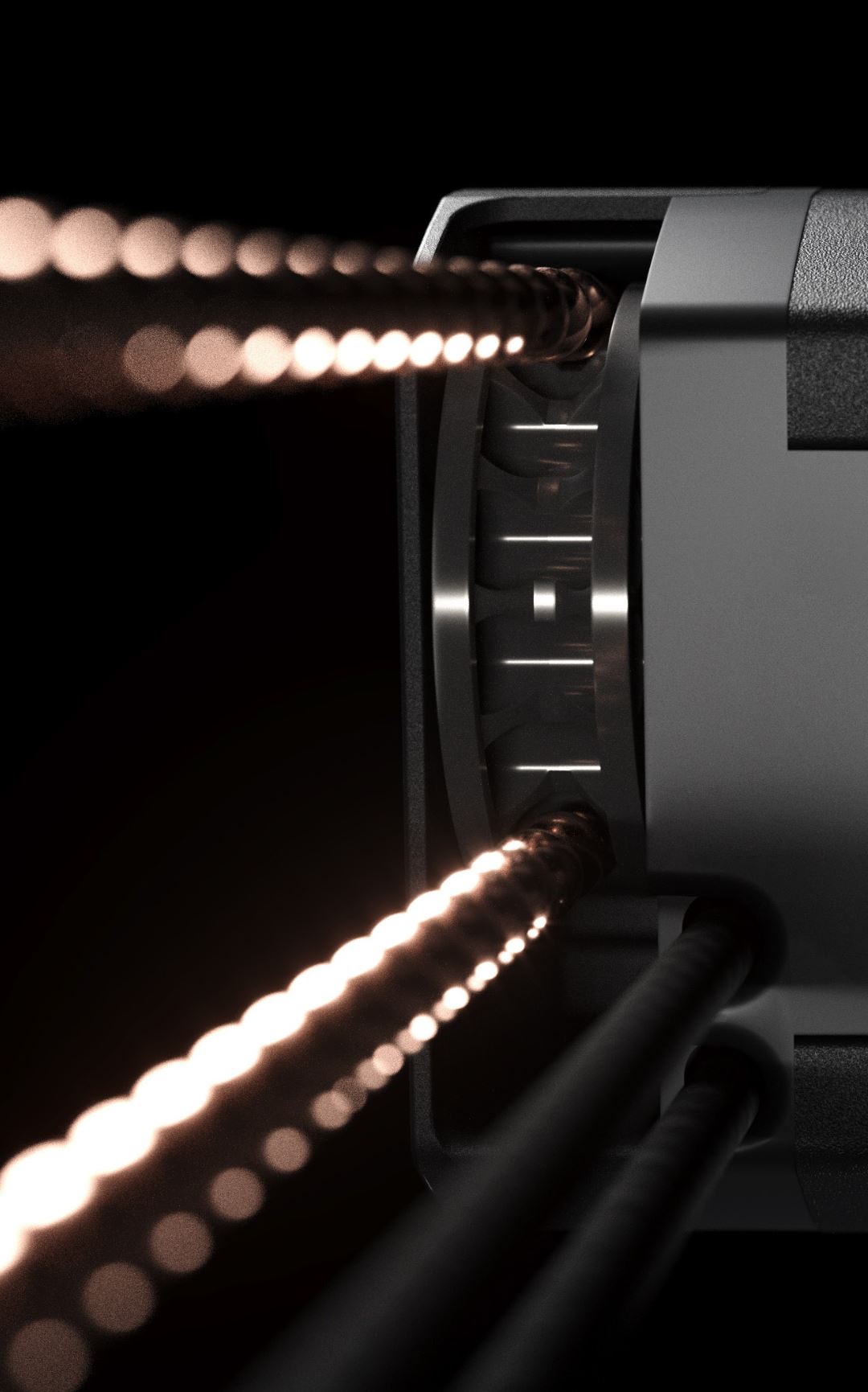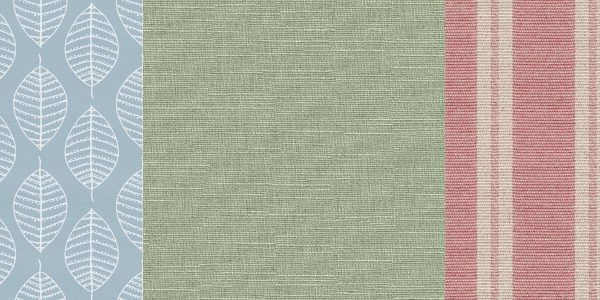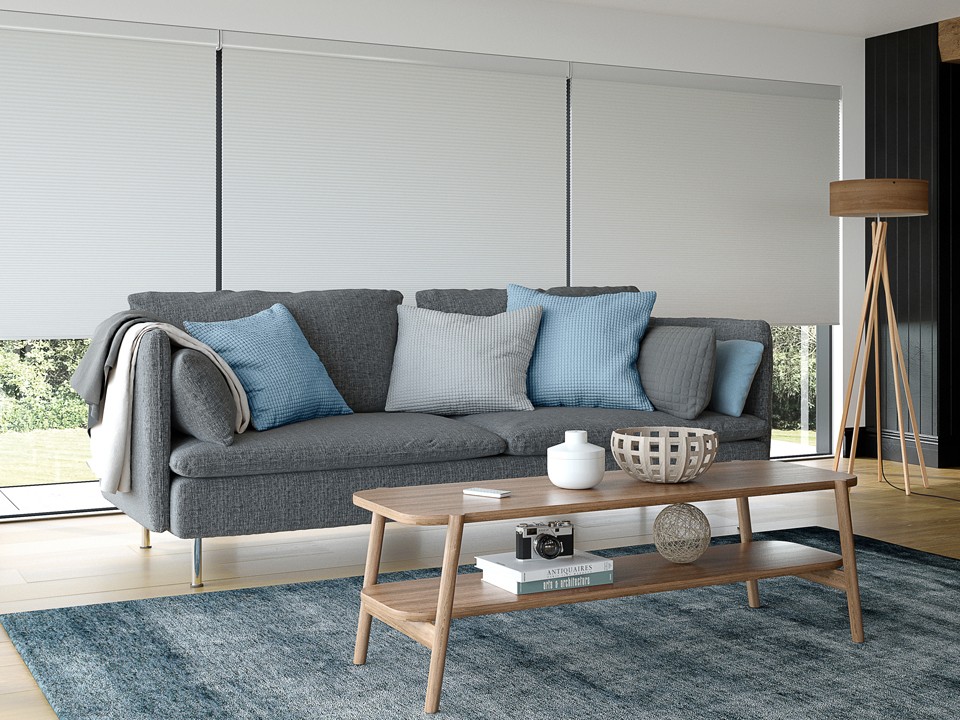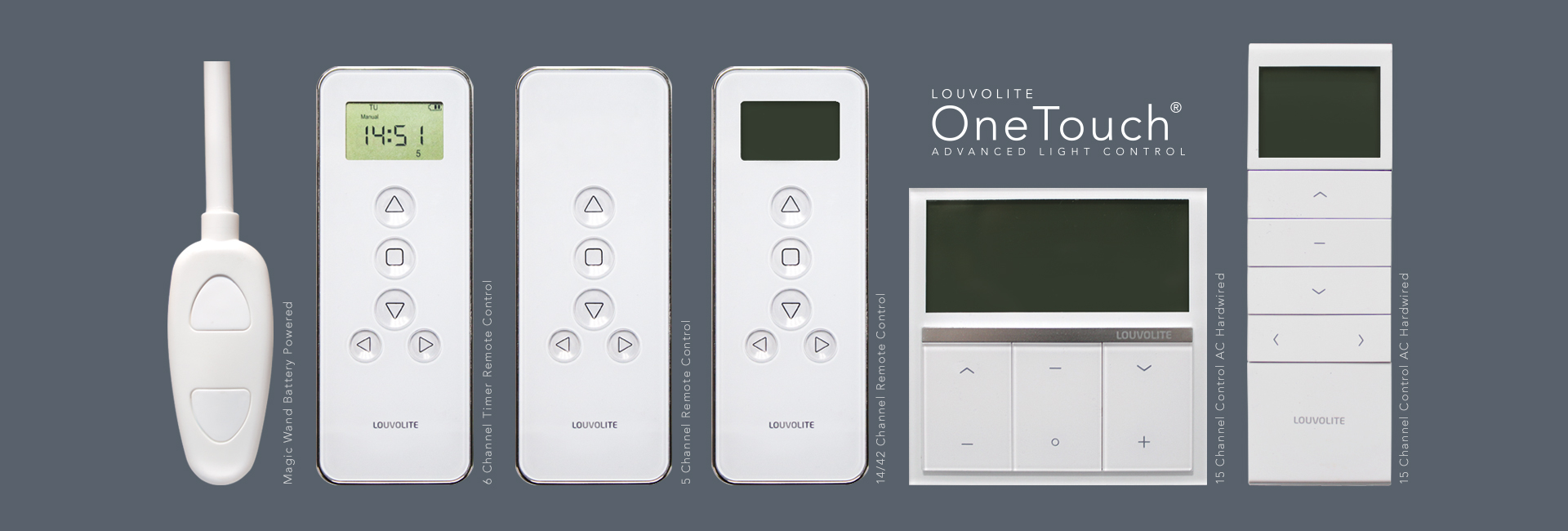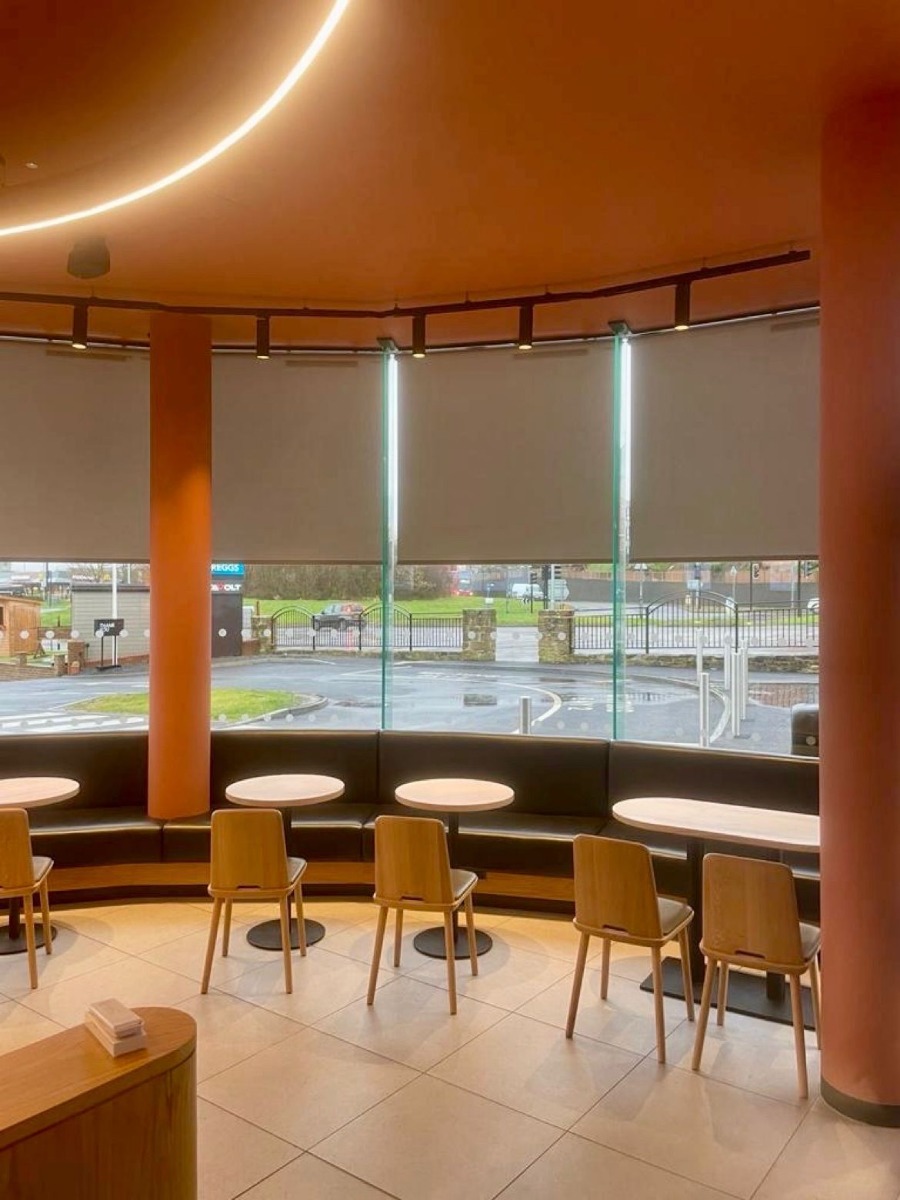
When it comes to home or office décor, every detail counts, especially your choice of blinds. That’s why the latest innovations in the Cruze Vertical Blinds system are such a game changer for anyone looking to enhance their space. Here’s what makes the Cruze system stand out in the world of window treatments.
Sophisticated Design Meets Advanced Engineering
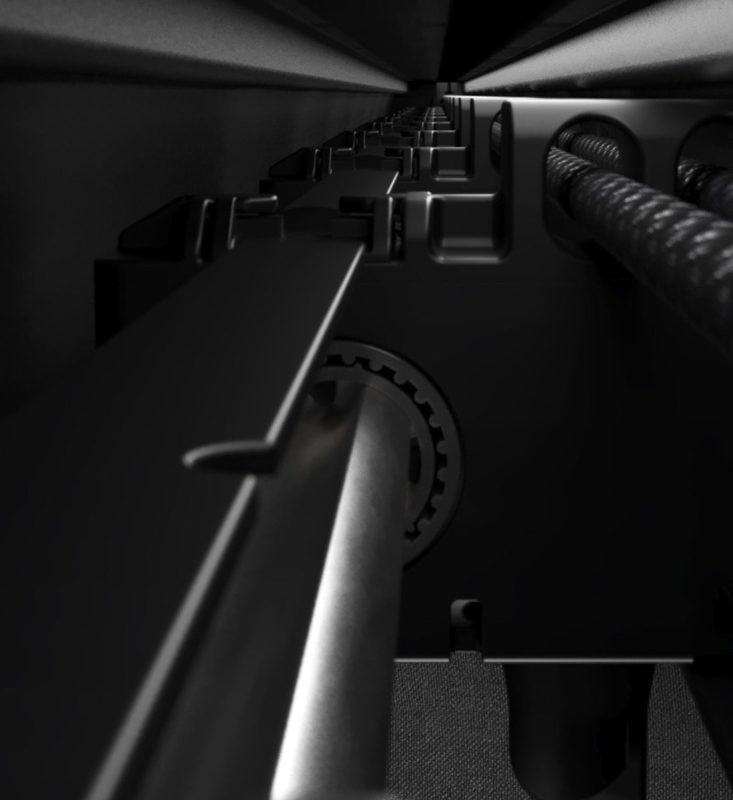
What is “Essence of Motion”? This philosophy behind the Cruze brand aims to ensure all parts of the blind system work together seamlessly to create a fluid, user-friendly experience. This approach merges high-end aesthetics with precision engineering, delivering a product that doesn’t just look good but feels good to use.
The Heart of Cruze: The Headrail
The headrail of any blind is crucial – it’s the top part of the blind system where the mechanisms sit. Cruze has revolutionised this aspect with a patented design that features double-facing channels. This means the headrail neatly encases the travellers (the components that move the vertical vanes of the blinds along the track). Not only does this enhance the smoothness of the blinds’ operation, but it also contributes to a sleek, clean look, free from clutter and visible mechanics.
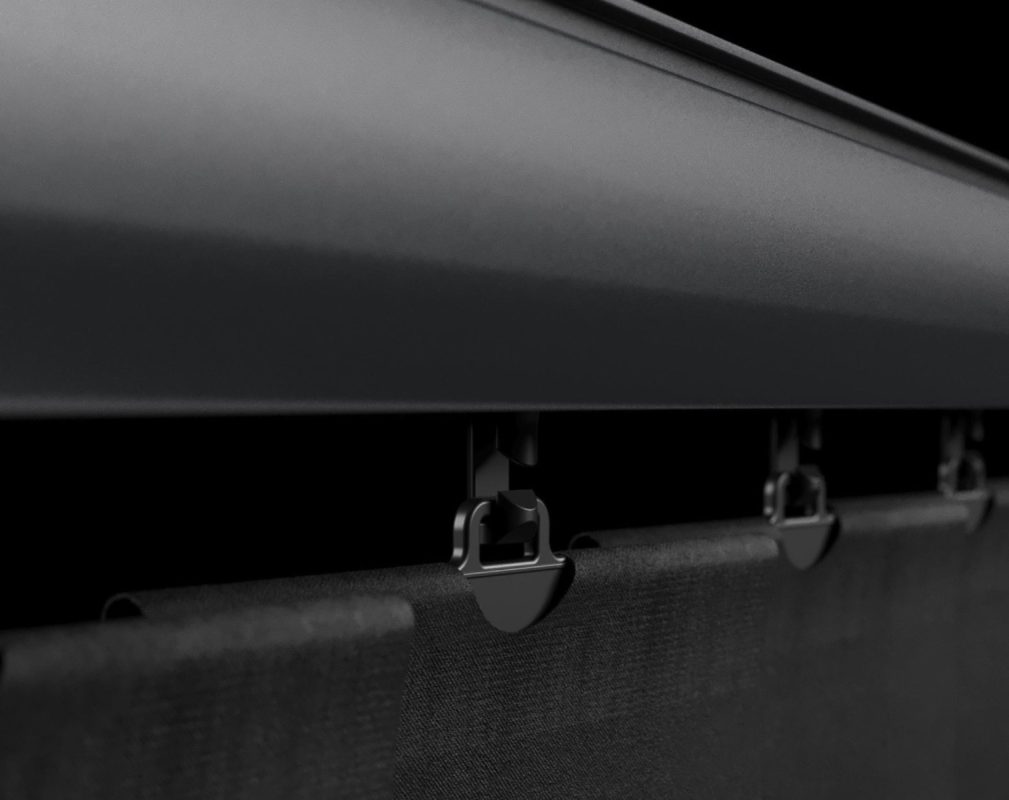
A Variety of Operating Systems
Cruze offers three different operating systems, each designed to suit different needs:
- Direct-drive control end – This system operates with a 1:1 tilt ratio, making it straightforward to use, ideal for smaller or standard-sized windows.
- Reduction gear system – With a 1:2.25 tilt ratio, this option gives you finer control over light and privacy, perfect for larger windows where handling can be cumbersome.
- Wand controlled – For those with safety in mind, this system removes the need for control cords, making it the ultimate child-safe product.
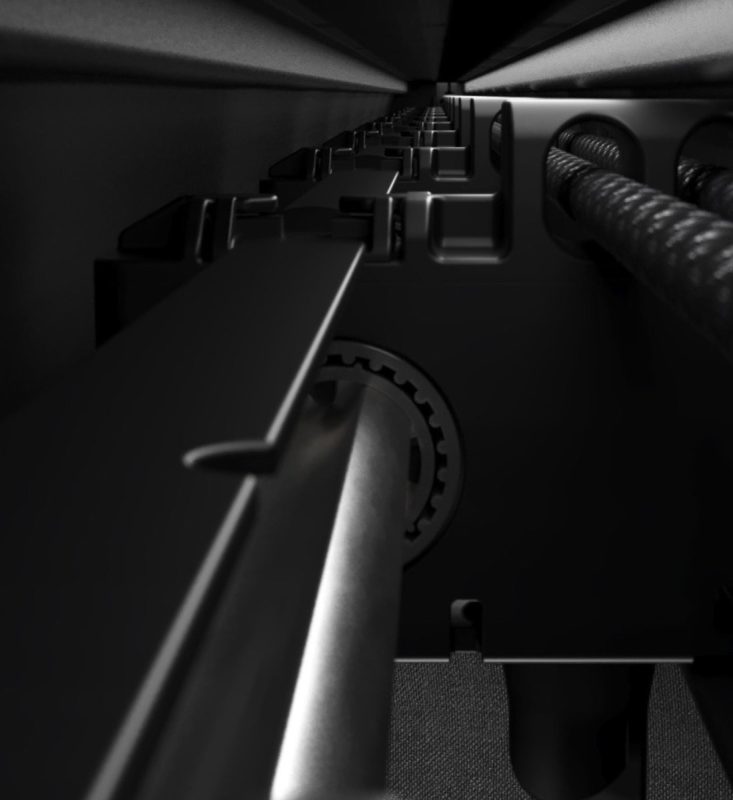
Traveller and Light Control Innovations
The traveller mechanism in the Cruze blinds has been redesigned to reduce the fabric stack by 20%, which means when the blinds are open, they take up less space and provide a better view. This design also minimises the light gaps between the fabric and the top of the blind, enhancing privacy and control over light.

Installation Made Easy
Cruze has simplified the installation process with multiple bracket options, allowing for top or face fixing depending on the structure of your window frames. The innovative spring bracket system removes the need for screws, speeding up installation and reducing the tools required.
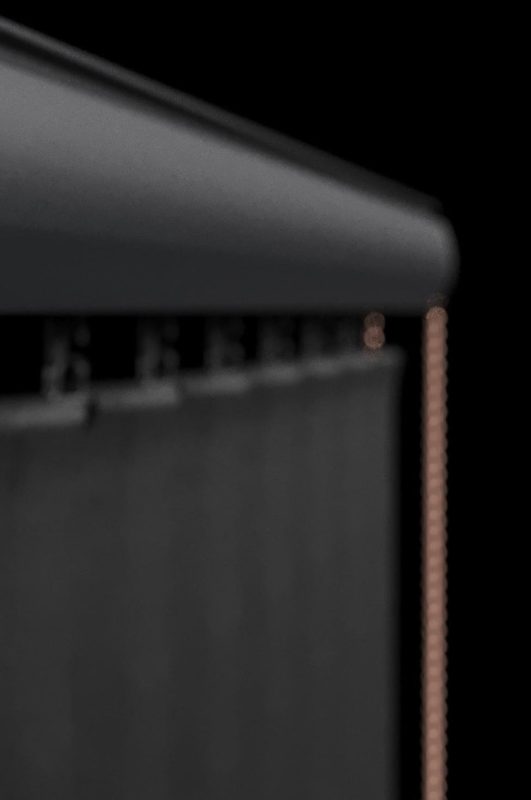
Tailoring Your Blinds
Aesthetic customisation is key in interior design, and Cruze doesn’t disappoint. The headrails come in several finishes, including Gloss White, Textured White, and Anthracite, and you can select matching or contrasting stabilising chains. Bottom weights can be chosen to suit style preferences, with options like chained, exposed chainless, or sewn-in weights.
Why Choose Cruze Blinds?
Opting for Cruze Vertical Blinds means choosing a blend of style, safety, and functionality. Whether you’re upgrading your home or business space, these blinds offer a modern touch with user-centric innovations that put them at the forefront of blind technology.
Transform your windows with Cruze Vertical Blinds, where design meets durability and style meets sophistication.

